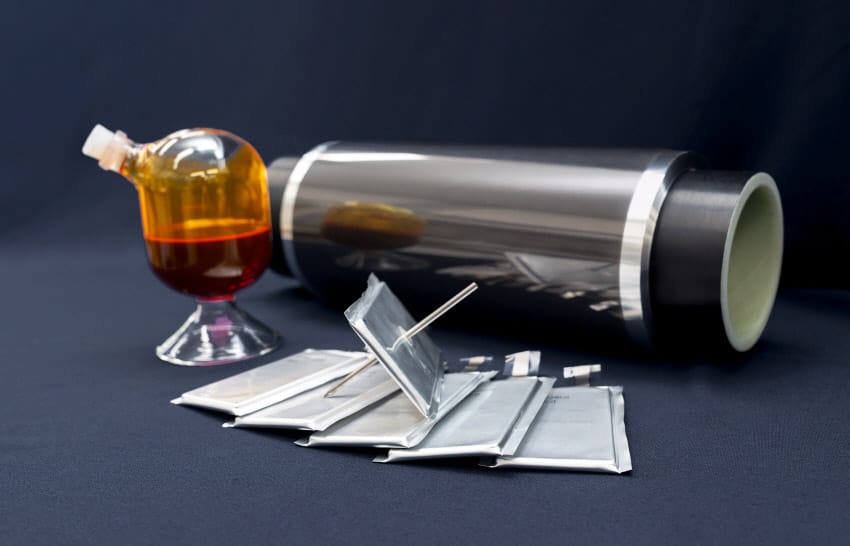While Tesla’s data debunks the common belief that electric vehicle (EV) battery fires are frequent, it’s clear that when they do occur, extinguishing them is quite difficult.
Difficulty in Extinguishing EV Fires
It requires significantly more water to put out a fire started by an electric vehicle battery. This is due to a phenomenon called thermal runaway, which causes the battery packs to combust spontaneously, and regular fire extinguishers are ineffective against it.
Before Hurricane Helene struck Florida, Governor DeSantis cautioned electric car owners to move their vehicles to higher ground. After the hurricane, the Dunedin Fire Rescue department tweeted a warning: "if your electric vehicle came in contact with flood water, don’t charge or start it," advising inspections by firefighters for flooded EVs.
Recent Incidents Highlight Risks
In a recent incident, the battery pack of a flooded Model X ignited after contact with corrosive saltwater while parked in a garage, leading to a complete structure fire. Previous hurricanes have also seen a rise in EV fires, and one Tesla even caught fire months after being submerged and taken to a junkyard. It required immersing the Model S in a pool of water to extinguish the flames, all due to thermal runaway that can cause short-circuiting in isolated cells to spread throughout the entire battery pack.
A new material from LG Chem aims to combat thermal runaway effectively. Their researchers developed a composite that quickly reacts to temperature changes by significantly altering its electrical resistance. This material can be fashioned into a thermal runaway prevention layer that is just 1μm thick, positioned between the cathode and the aluminum foil that collects electrons in a lithium battery.
Innovative Material Design
This reinforced safety layer is made from polythiophene, which is engineered to change its molecular structure at temperatures exceeding the usual operating range of 90°C – 130°C. As temperatures rise, the material sees a swift increase in electrical resistance, measuring 5,000 ohms for every 1°C increase. Its maximum resistance can reach up to 1,000 times that of standard battery operating temperatures, effectively cutting off the electric current during an ignition event. Thus, this layer functions as a fuse for each battery cell, halting electricity flow and preventing thermal runaway and subsequent fires.
While previous strategies included inserting temperature-sensitive materials inside the battery cells, they often struggled with slow response times or decreased energy density. However, LG Chem has developed a material that addresses these problems, utilizing their expertise and patented design to facilitate rapid mass production.
In testing, LG Chem researchers punctured and dropped weights on batteries with and without the new safety layer. None of the modified polythiophene layer batteries experienced full thermal runaway, while all regular batteries in the drop test and 84% of those in the puncture test were completely destroyed.
Scaling Up Production
The highlight of this fire prevention innovation is that the new material can be quickly scaled for roll-to-roll mass production. LG has already completed safety verification for phone batteries using this protective layer and plans to certify it for larger electric vehicle packs next year.
"This is a significant research milestone that can be swiftly implemented in mass production," says the CTO of LG Chem, expressing excitement that this material discovery will "improve safety technology to ensure customers can confidently use electric vehicles."
LG Chem via Nature.


Leave a Reply